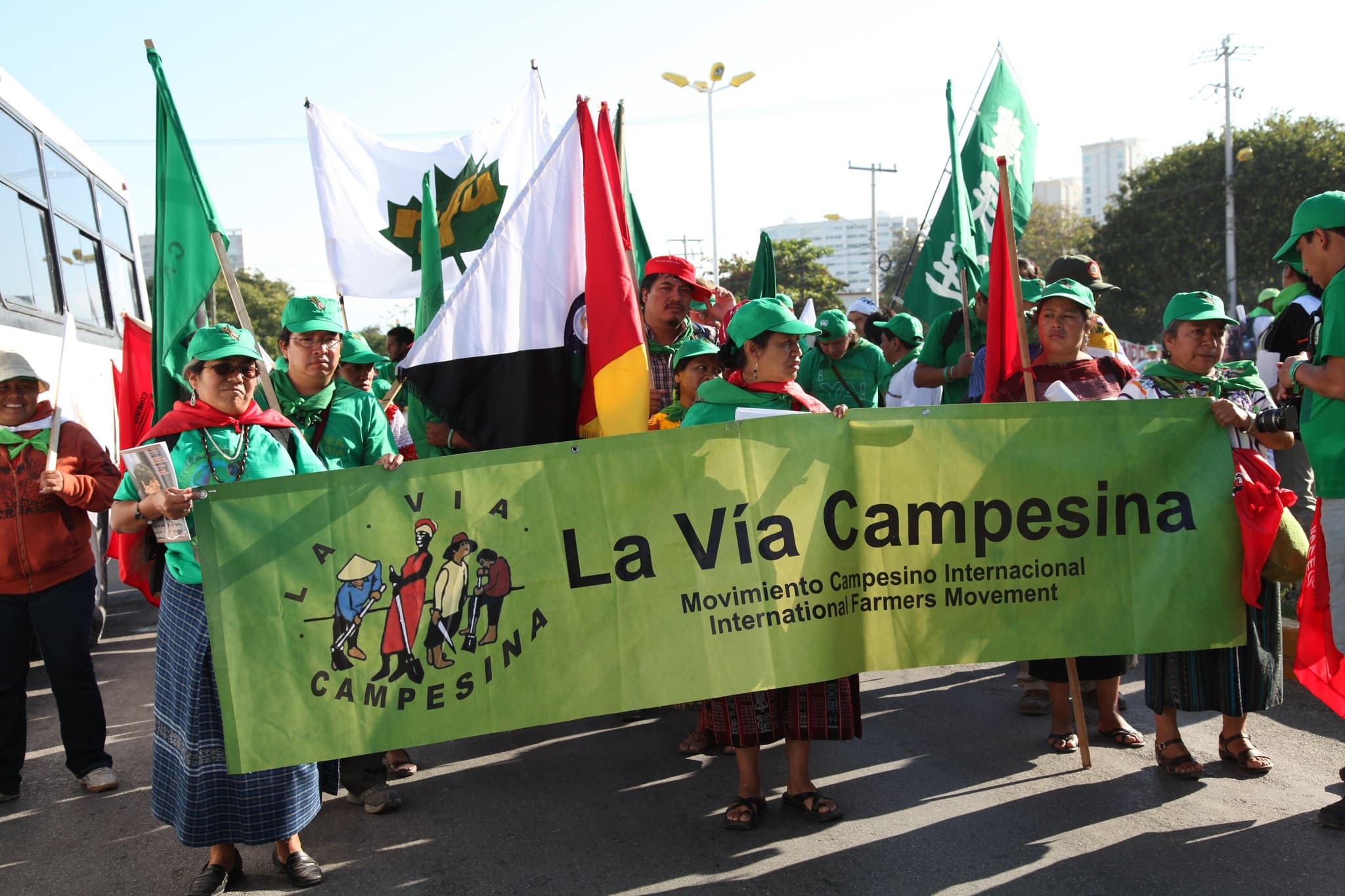We used materials from the Zinn Education Project, Rethinking Schools, and Teaching for Change with our 7th grade to create an interdisciplinary, experiential project that explored Indigenous Perspectives on Climate Change. It was the perfect way to tie together our humanities unit on Indigenous Perspectives on American History with the STEM unit on deep time and extinction-level events.
Our students prepared for the ‘Don’t Take Our Voices Away’ indigenous people’s climate summit simulation as a final learning demonstration. Taking on the perspectives of various indigenous groups was something our students took seriously as they researched both the cultures and climate challenges faced by the groups. Then, at the summit, they did presentations that explained the priorities and needs of those groups before launching into negotiations about how to best communicate those perspectives with the rest of the world.
Leading up to the summit, we took a climate justice gallery walk using photos shared on the ZEP website, researched indigenous climate activists, and also did the Meet Today’s Climate Justice Activists mixer. Those activities were the perfect scaffold to the summit. Overall, I saw my students develop deep understanding and empathy through the interactive and experiential materials provided by the Zinn Education Project.
I am grateful to have participated in a workshop where I learned how to use them. Now that I am at a school where our model centers experiential project based learning, these materials have become an invaluable resource.







Twitter
Google plus
LinkedIn